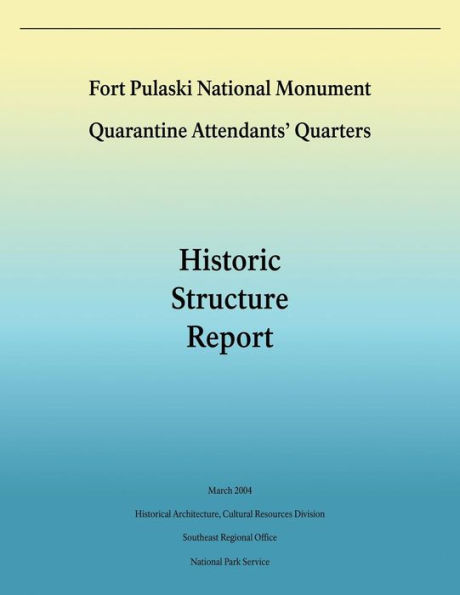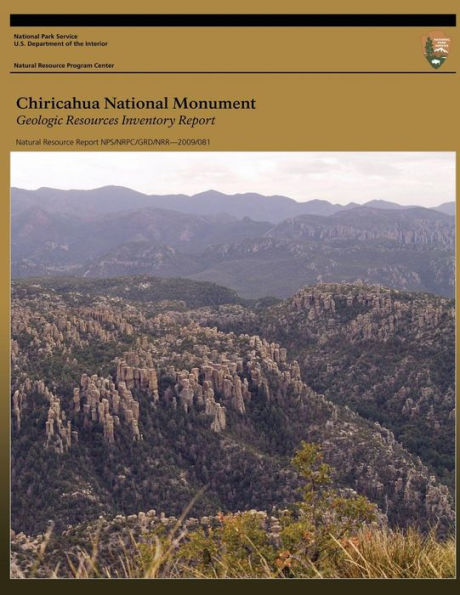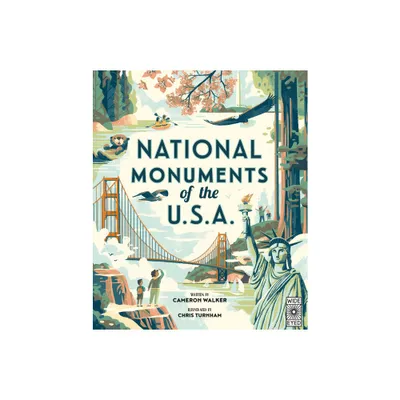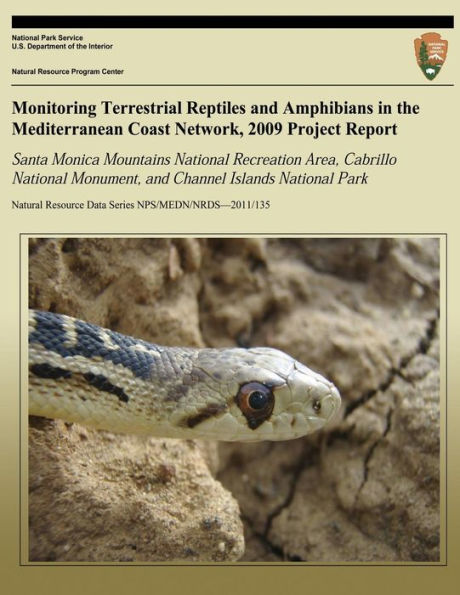Home
Fort Pulaski National Monument Quarantine Attendants' Quarters: Historic Structure Report
Loading Inventory...
Barnes and Noble
Fort Pulaski National Monument Quarantine Attendants' Quarters: Historic Structure Report
Current price: $14.50


Barnes and Noble
Fort Pulaski National Monument Quarantine Attendants' Quarters: Historic Structure Report
Current price: $14.50
Loading Inventory...
Size: OS
*Product Information may vary - to confirm product availability, pricing, and additional information please contact Barnes and Noble
Built in the decade or so before the First World War and now used as administrative offices for Fort Pulaski National Monument, the Quarantine Attendants' Quarters is the only historic structure remaining from the quarantine station established by the City of Savannah on Cockspur Island in 1889 and operated by the U. S. Public Health Service after 1899. Although the building has recently undergone extensive rehabilitation, this historic structure report was commissioned "to guide park management and staff in making the critical decisions concerning the interpretation, protection, and preservation of this historic resource." Historical research for this report began with a search of the archival records of Savannah City Council, which included "Minute Books, 1822-1864," held by the Georgia Historical Society, and "Records of the Committee on Public Health, 1861-1932," and "Quarantine Books, Quarantine Reports of Arrival of Vessels, Quarantine Station Reports, Contracts 1852-1957," all held at the City Hall Records Center. These and historic photographs in the park's collection provided documentation that the present structure is not the original residence constructed by the City of Savannah in 1891, as had been previously believed. Analysis of numerous historic maps, photographs, and NPS planning documents from the late 1930s support dating the building's construction to the first two decades of the twentieth century, most likely around 1912, but additional historical research will be necessary to document its construction more precisely. In particular, the records of the U. S. Public Health Service in the Philadelphia branch of National Archives would likely allow more precise dating of the building and perhaps provide original plans and specifications. Additional research in Navy records could document the extensive rehabilitation that the building underwent in 1942 and 1943, the results of which are now one of the building's more significant features. The last building associated with the quarantine station that operated on Cockspur Island from 1889 until 1937, the Quarantine Attendants' Quarters also represents a long history of non-military use of the island. Quarantine stations existed on Cockspur Island or across the sound at Lazaretto Creek off and on for most of two centuries, and lighthouse keepers came and went for almost as long. While Fort Pulaski's significance is of paramount importance, interpretation of other aspects of the island's military history is also possible, with the Navy's adaptation of the quarantine station during World War II changing the face of Cockspur Island almost as much as construction of the fort had done a hundred years earlier. Development of an historic resource study that focused on the island's use for quarantine would be particularly helpful in providing a context for understanding and interpreting the present building.


















